Windows 11: official Maps app is dead, but there are options

Microsoft created several new applications for the launch of its Windows 10 operating system almost ten years ago. Not all of them are still around and another app can soon be added to the list.
Windows Maps, the official mapping app of the Windows and Xbox ecosystem, is being removed from the Microsoft Store. It is not the only app that is got the boot in recent years. The Windows Cortana app was deprecated as well.
The details:
- Microsoft plans to remove the Windows Maps app from the Microsoft Store "by July 2025".
- The app won't turn up in searches anymore and can't be installed anymore.
- Existing Windows Map installations remain, but there is no option to reinstall the app after the removal date.
- Personal data or files that were saved by the user, e.g., guided navigation or URLs to maps, won't function anymore after July 2025.
Microsoft recommends that users try Bing Maps on the web instead, if they still want to use the mapping service. Windows users may download the official Windows Maps application until the removal date from the Microsoft Store.
Good to know: the app is no longer installed on fresh installs of Windows 11, version 24H2. If you upgraded from earlier versions of Windows, chance is that you still have it installed on your device.
A look back and a look at alternatives
Windows Maps was Microsoft's answer to the popular Google Maps application. Microsoft included it in Windows 10 and 11, and also on Xbox as the core mapping app. The new app was based on the classic Maps apps and Nokia's Here service provided the data. With Here gone, data now comes from a cooperation with TomTom.
Windows users who want to use an app for map-related activities can check out the following option:
Marble is a cross-platform mapping app for desktop and mobile operating systems that uses data from OpenStreetMap on the street level. Features links to Wikipedia articles for places of interest, route planning, and more.
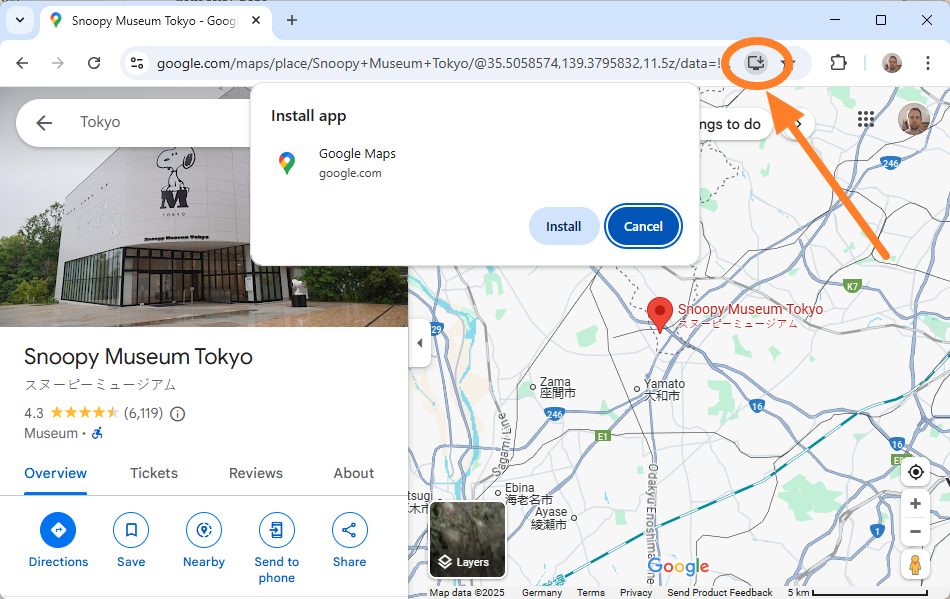
Another option is to install many of the available web map services as a progressive web app. You can, for instance, install Google Maps as a progressive web app. You do need to use a browser that supports this, e.g., Microsoft Edge or Google Chrome, which both show the install option in the address bar.
This works with several services, including Google Maps or Here We Go.
Closing Words
A few map applications remain available on the Microsoft Store, but the few available choices are rather disappointing . Most Windows users may want to use a web service, either directly in a browser or as a progressive web application, if they need to use a map on their devices.
Now You: do you use map app or service? If so, which is your favorite and why? Feel free to leave a comment down below.



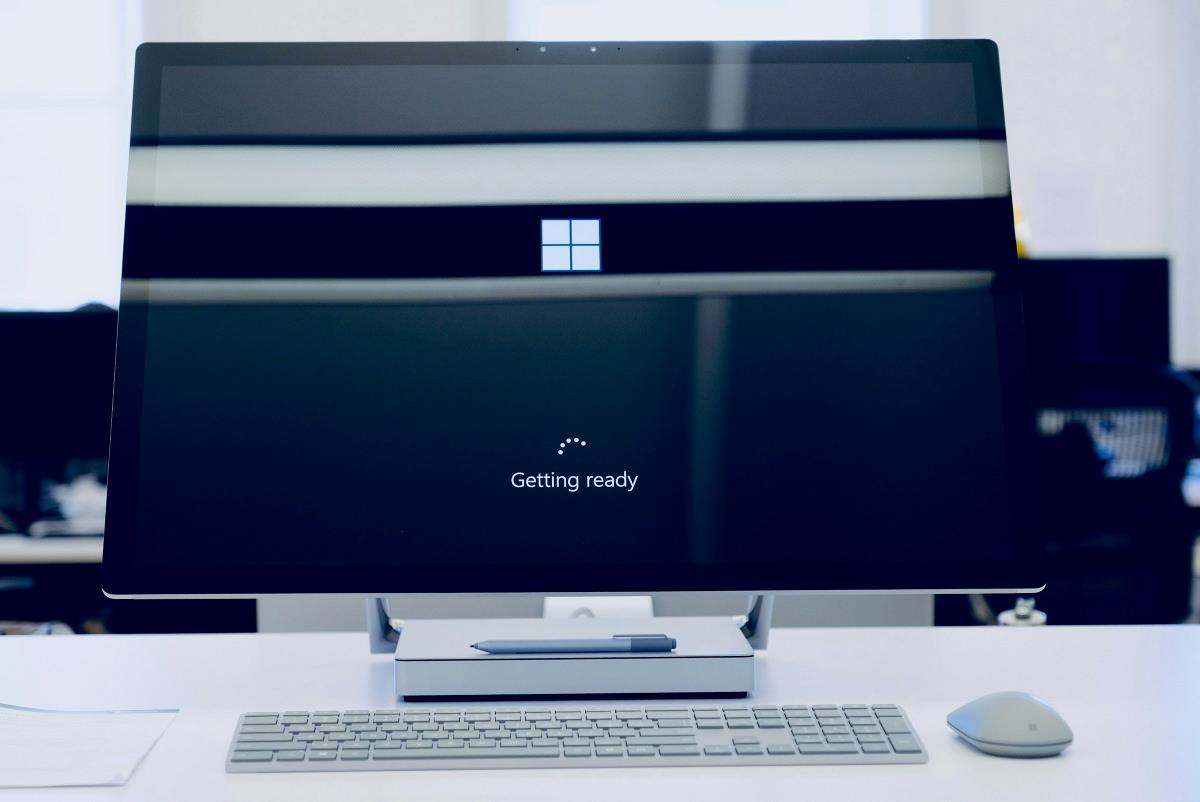
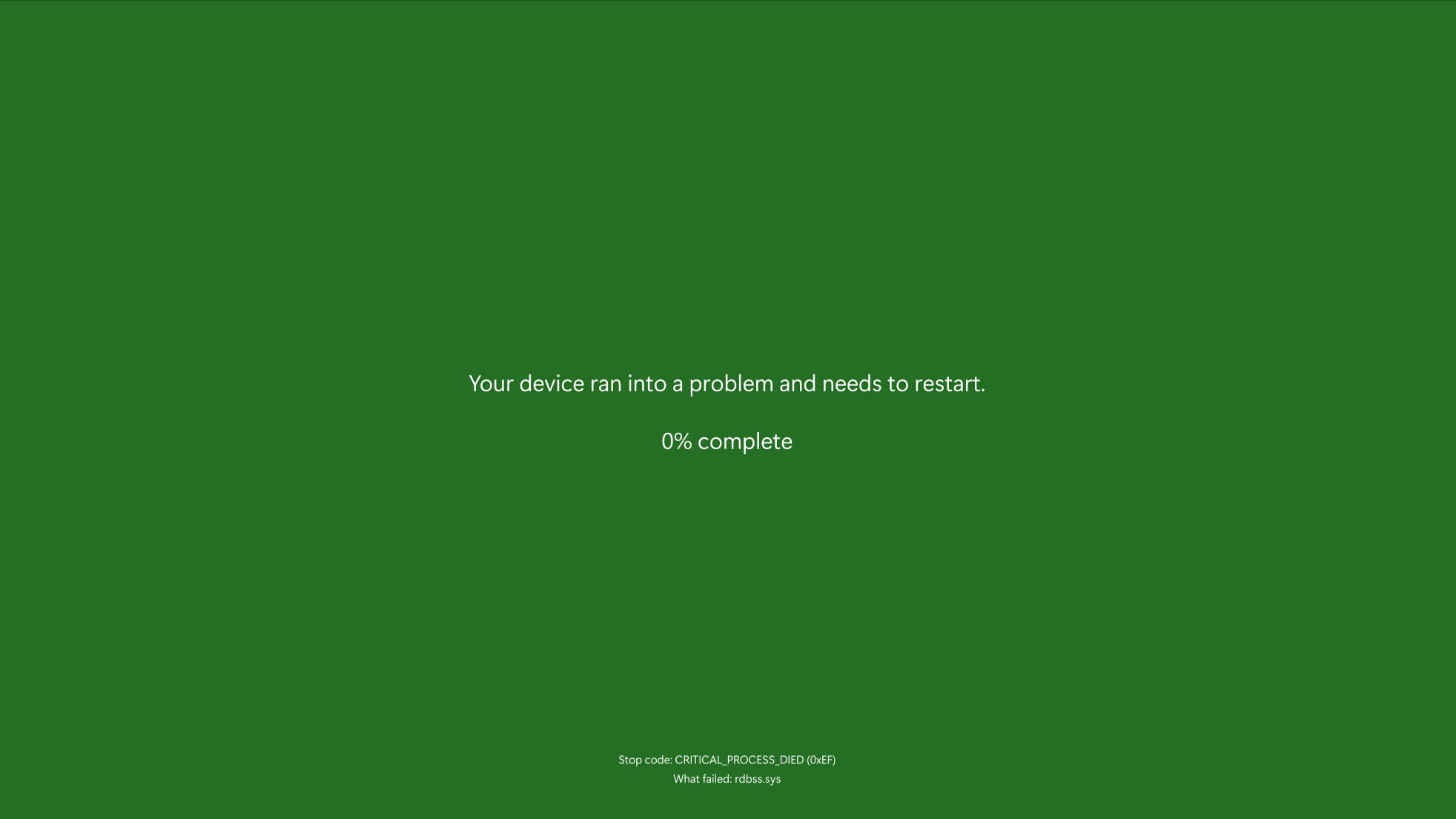

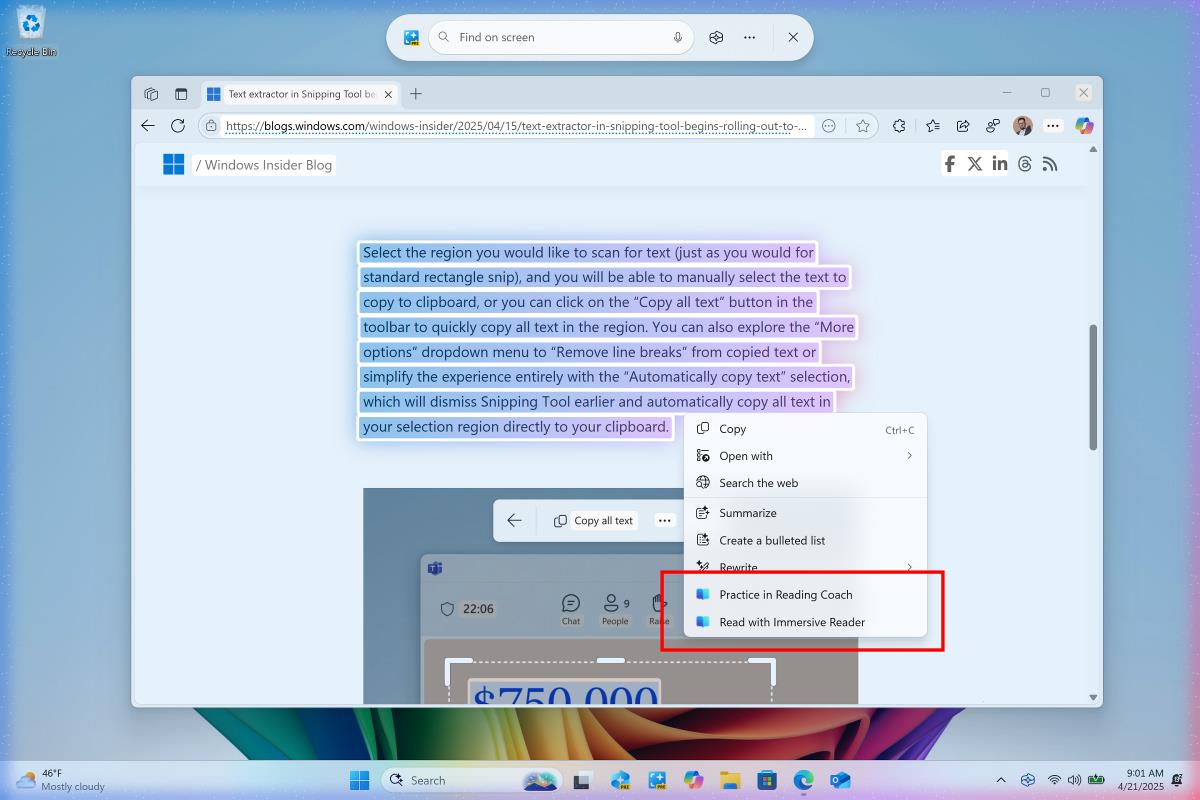
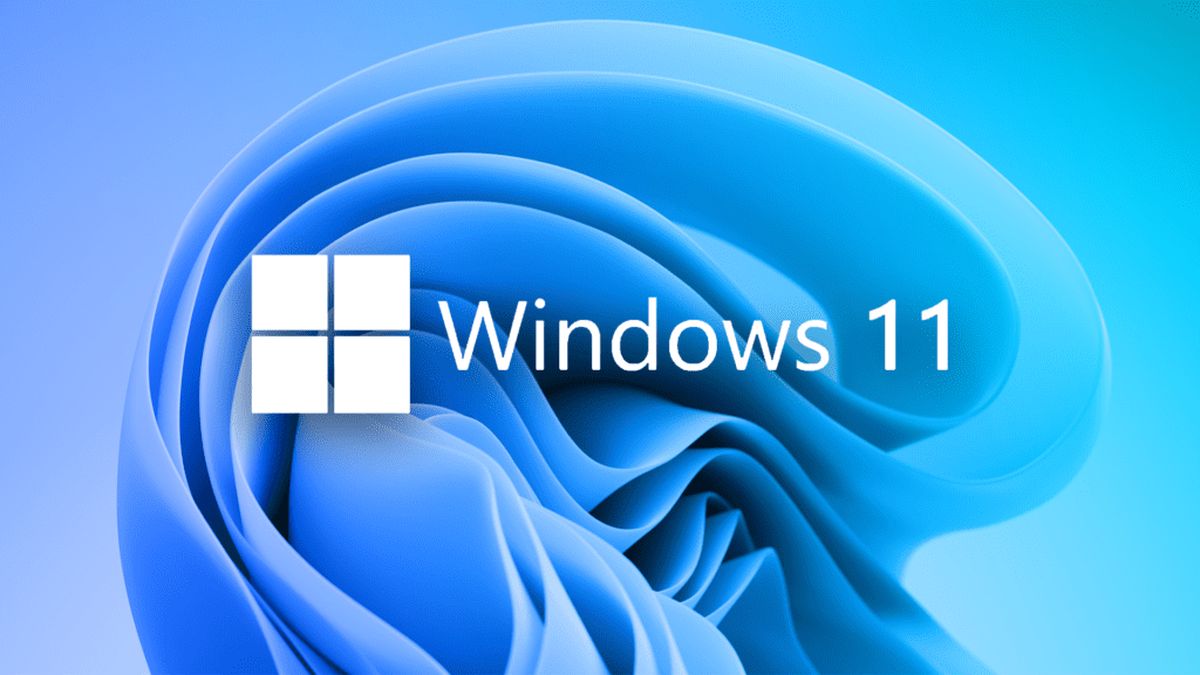
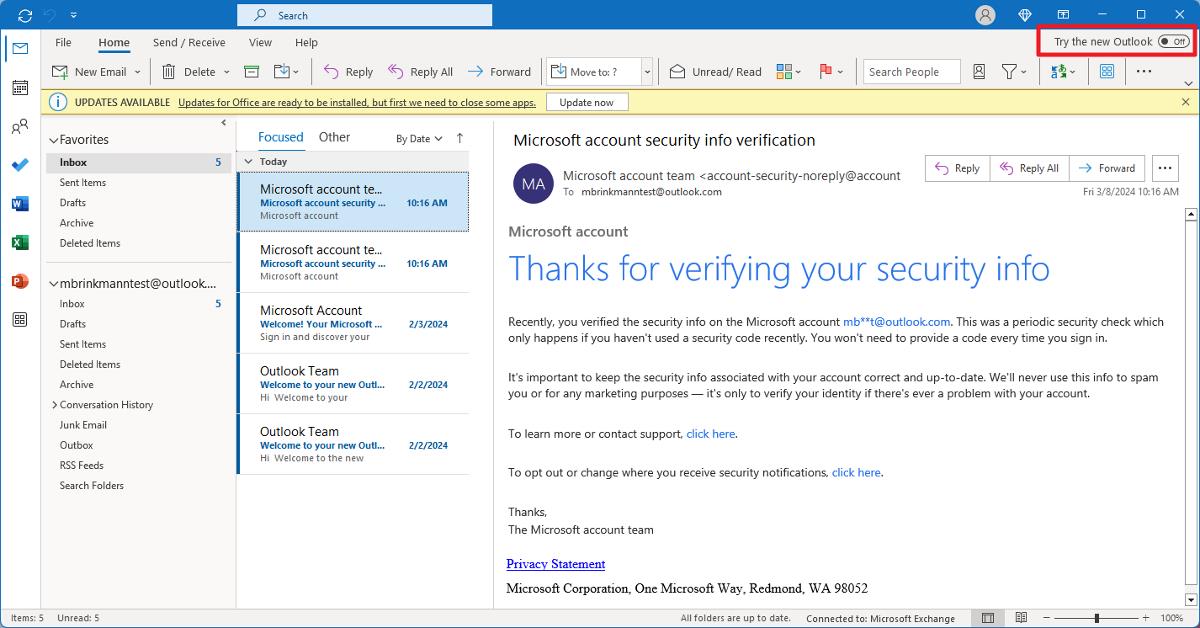


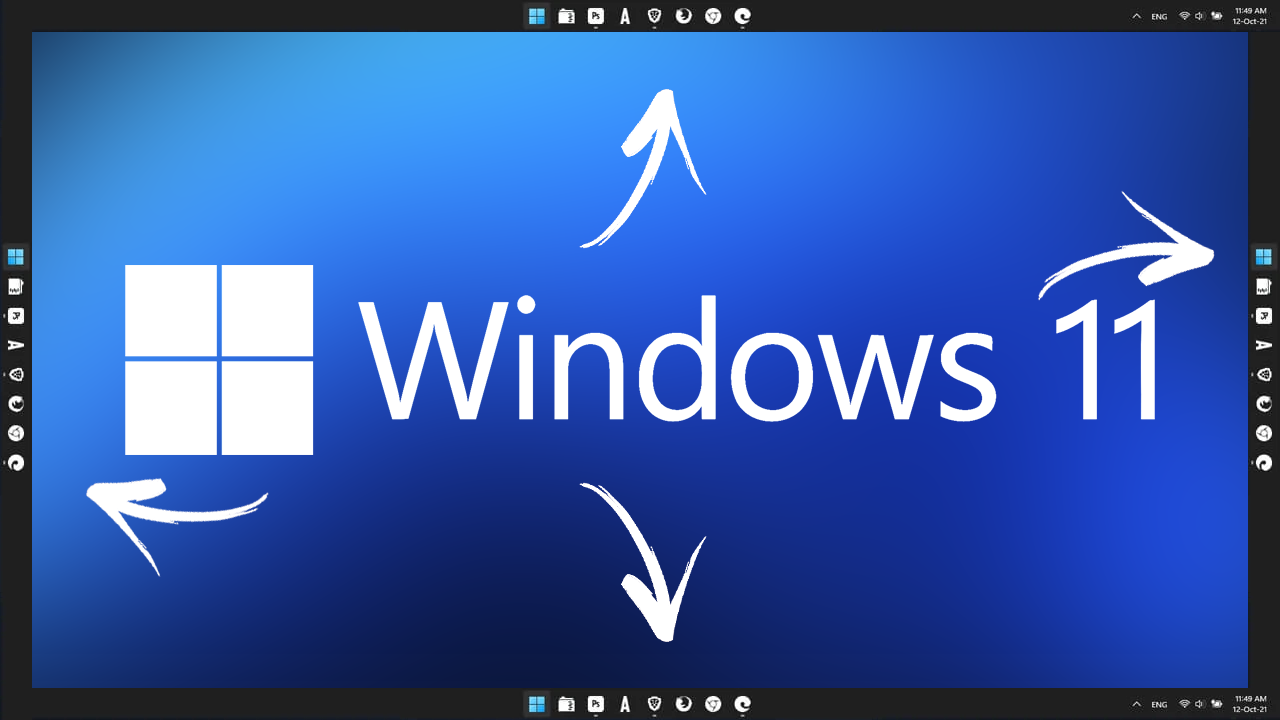
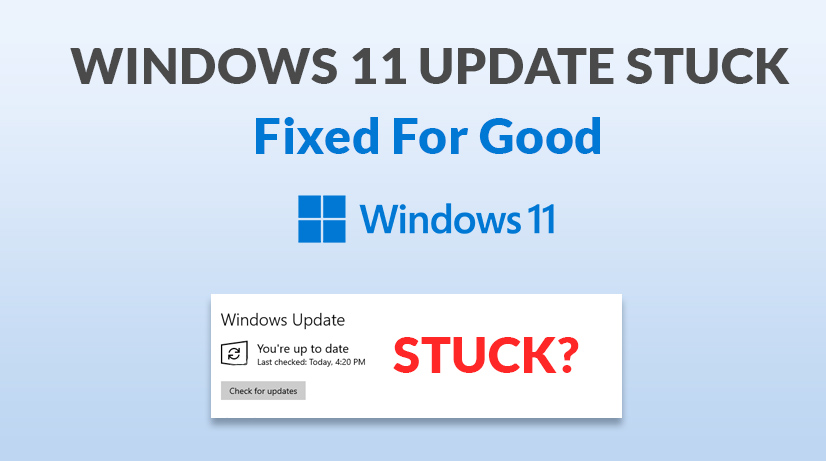











Martin, is not loading for me on Edge because ‘Images must have alternate text: Element has no title attribute’
Alternatives? Yup, google maps.
None of the alternatives have the things I want.
No row of buttons across the top, opens at my location, shows aerial view, no huge search box. Just a big full screen map I can use for looking at somewhere I’m interested in. And be an installed app not a web page with the crap at the top.
This app was dead the day it was released. Shockingly ugly and didn’t function anywhere near Apple or Google
Windows had a map program?
A good alternative:
https://www.magicearth.com/
Very nice alternative. Also ‘Maps’ of Gnome Ubuntu has good graphics and performance.
Microsoft failed when it gave up on mobile devices. All these apps could have been better accepted had they worked on a mobile platform. I would guess most people on their smart phones either use Google maps or Apple maps. Otherwise you have a Garmin or some other mapping system built into your vehicle. Having a Map app on your PC was hardly going to be that popular.
I think all the UWP apps were a mistake. They are ugly, oversized, lack functionality and are redundant.
They should have never replaced Win32 programs. Only if the new apps looked and worked the same with the same amount of features. And not like mobile apps with the corresponding UI on desktop.
That why I moved from Windows, it becomes worse and worse and there is less and less control over it from the user.
Windows is the worst enemy of itself.
These “alternatives” are basically clients to web services. True offline tools like M$’s long-abandoned MapPoint are few and far between…